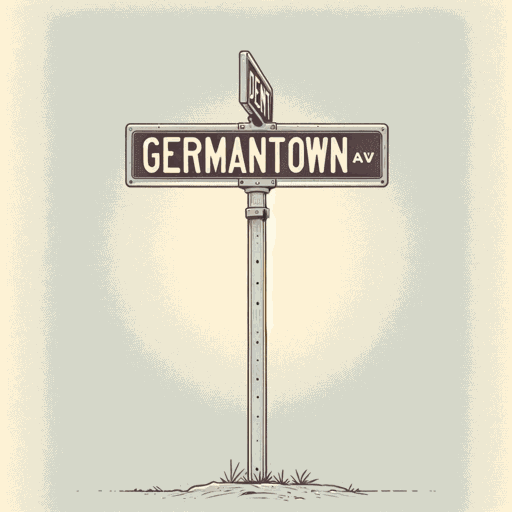33 pages • 1 hour read
Elijah AndersonCode of the Street
Nonfiction | Book | Adult | Published in 1999A modern alternative to SparkNotes and CliffsNotes, SuperSummary offers high-quality Study Guides with detailed chapter summaries and analysis of major themes, characters, and more.
ConclusionChapter Summaries & Analyses
Conclusion Summary & Analysis
In the conclusion, Anderson shifts to a more optimistic tone as he tells the story of a young man, Rob, who was seeking out mentorship in order to better himself and others around him. While Anderson treats Rob’s personal initiative as a positive outlier, Anderson still acknowledges that inner-city communities would eventually be transformed if there were more “Robs” willing to confront the street code. Rob’s efforts were eventually successful, as his small business ventures eventually took back corners of the neighborhood that had belonged to the drug trade.
Anderson then shifts to his closing thoughts, which revisit all of the major themes of the book. He denounces any and all claims that persistent urban poverty is merely a byproduct of personal choices gone wrong. He also argues that the consequence of this level of poverty is a perpetual coalescing “into acute alienation from mainstream society and its institutions, especially among the young” (323). The only viable solution, therefore, is to invest heavily in the infrastructure of inner-city communities and neighborhoods. Without this type of investment, the code of the street will prevail over economic prosperity.

